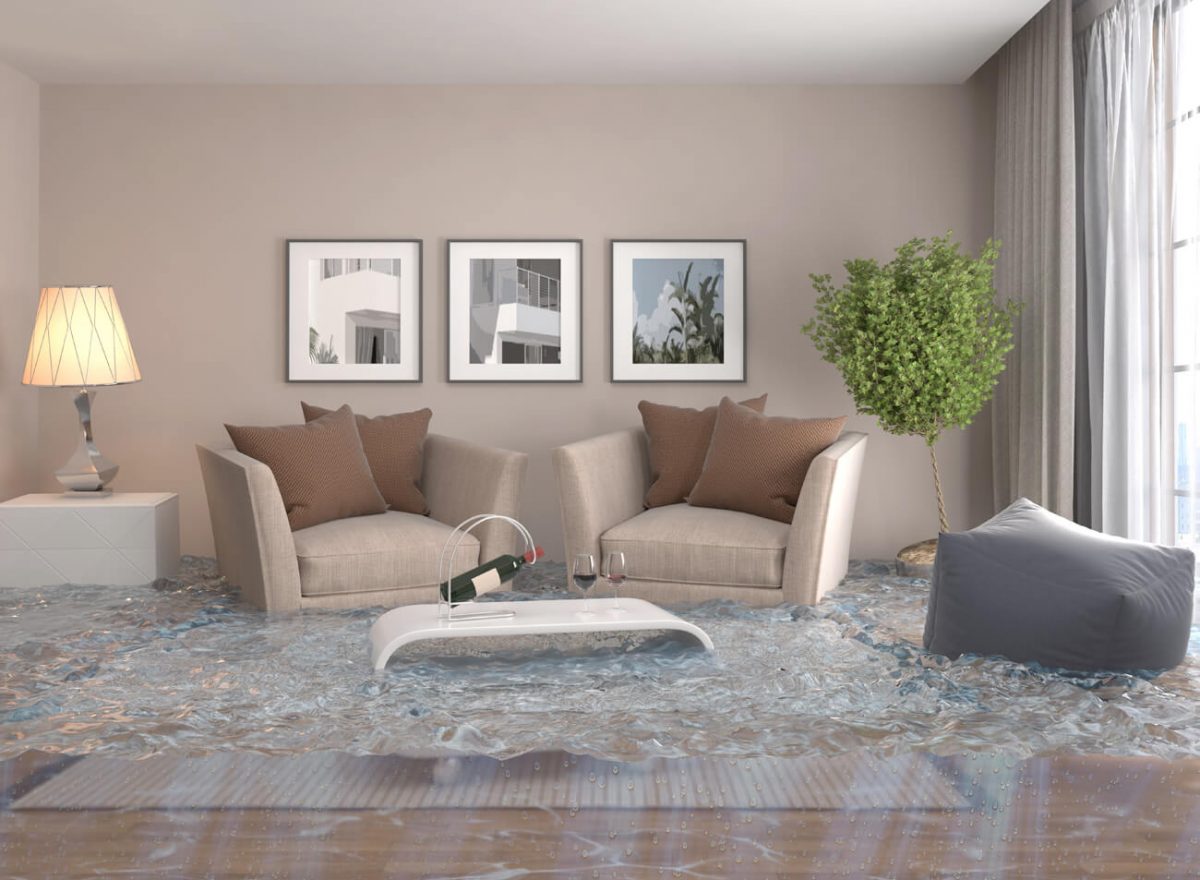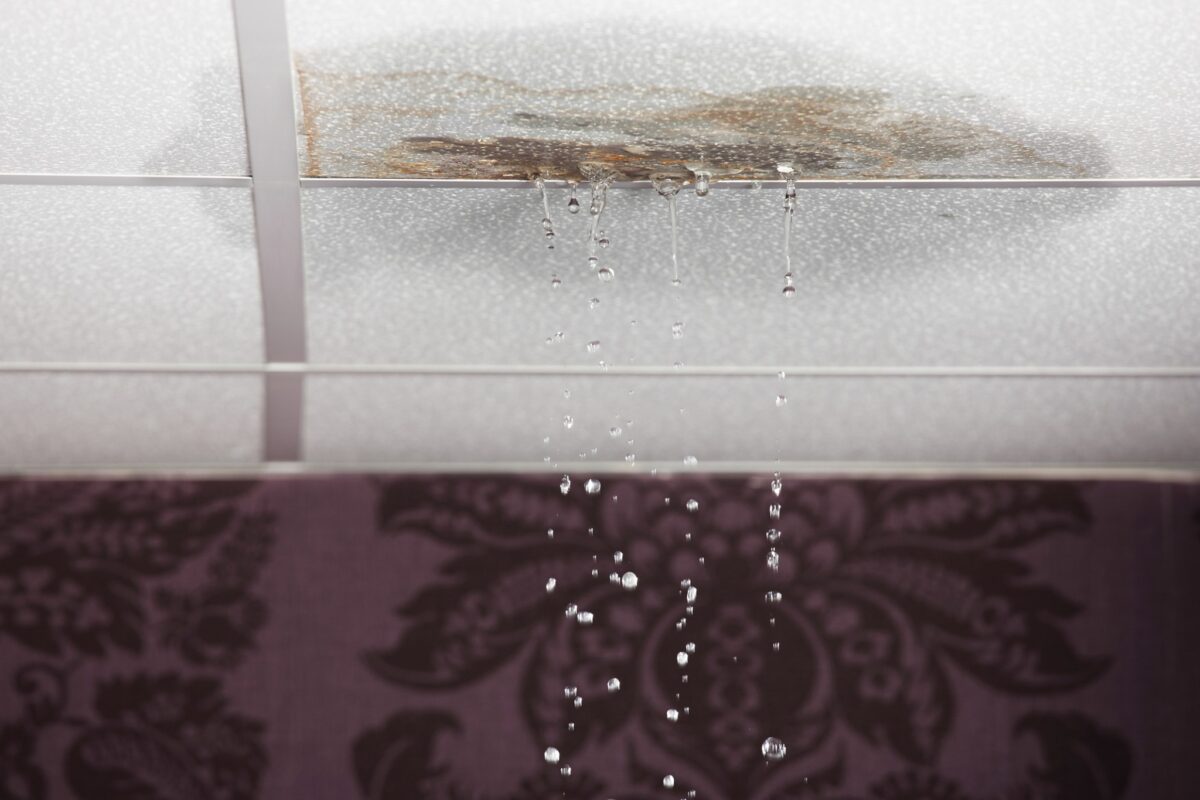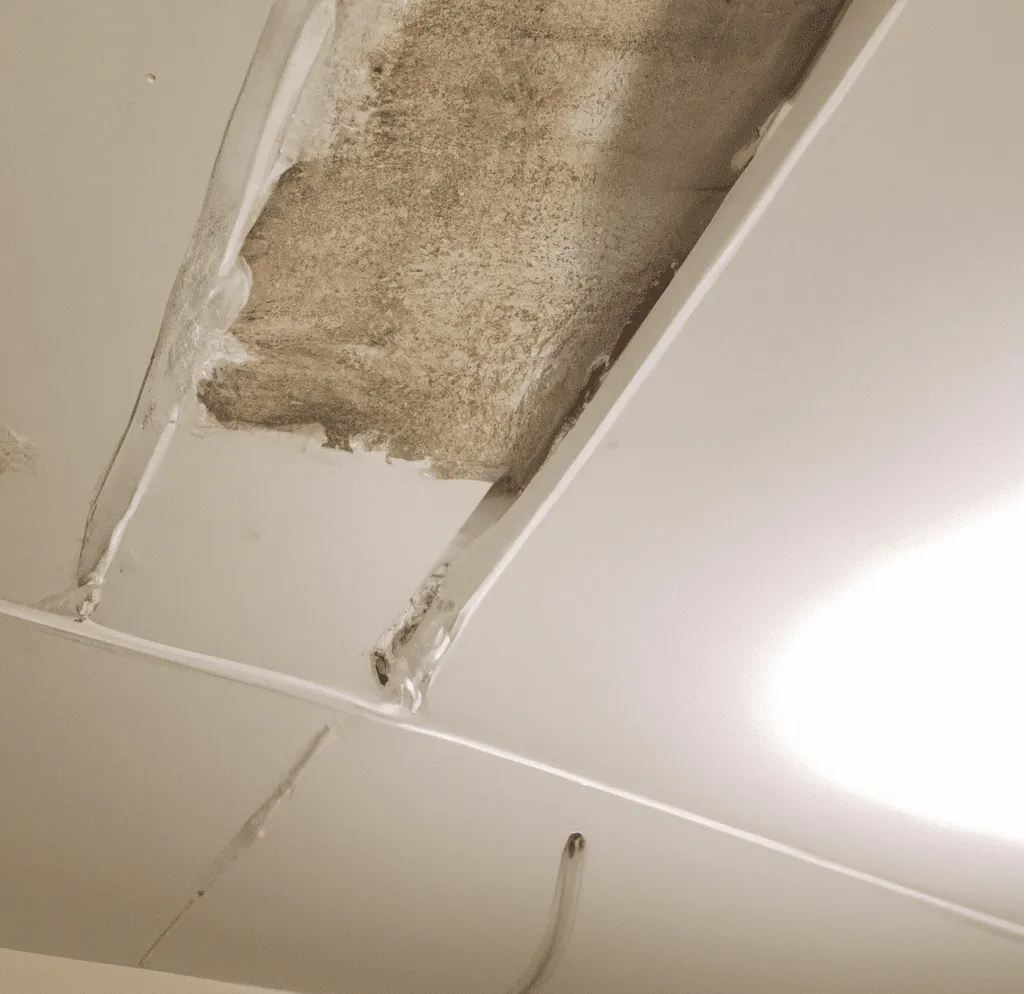Signs of Water Damage in Walls and How to Find them

Water damage can be a silent enemy to any property owner, often going unnoticed until it’s too late. Hidden behind your walls, it can cause serious structural problems and health issues if not addressed promptly. This blog aims to help you identify the signs of water damage in your walls and guide you on how to find them.



